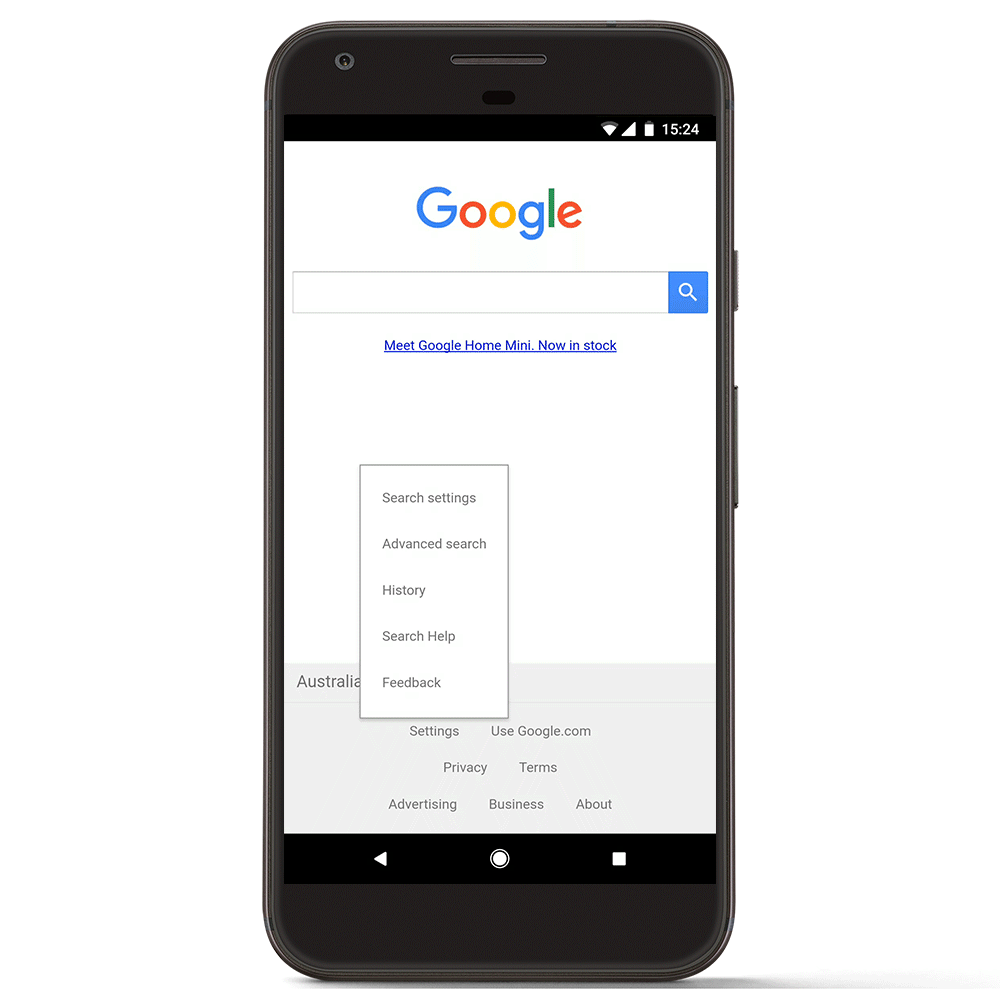
Google makes it harder to get country-specific results in Search, Maps
In its quest to serve more localized content because, you know, one in five searches is “related to location,” Google has made it harder for mobile users to get country-specific search results. Now, all search results will be tailored according to the country Google believes you are in at the moment (it doesn’t matter whether your device location is turned on or off; your approximate location can be obtained from your IP address).
So, if you live in the United States and are visiting France on a business trip, all your search results will automatically be adapted to your current whereabouts. If you still want to look up nation-specific results, you will have to navigate your way through a labyrinth of elaborate ‘search settings’ and change the country in ‘Region for Search Results’ tab.
 “This update will help ensure that you get the most relevant results based on your location and is consistent with how Google already manages our services across a number of our other platforms, including YouTube, Blogger, Google Earth and Gmail, among others,” the company has explained in a blog post.
“This update will help ensure that you get the most relevant results based on your location and is consistent with how Google already manages our services across a number of our other platforms, including YouTube, Blogger, Google Earth and Gmail, among others,” the company has explained in a blog post.
So, even though it may seem like a cool feature for travelers who are temporarily in another country and want to get restaurant recommendations or check out places of interest nearby, as a whole, the move hasn’t gone down too well with users.
For example, the change would be pretty annoying if you are living abroad and want to look up something relevant to your country of origin. If you are a student remotely looking for research work in a particular domain, getting only local results will prove to be a huge bottleneck. Even while on a holiday, a user may want to see how things are back home, or see their home country’s take on recommended things to do in the country being visited.
When people would change country code top level domain names (ccTLD), such as .uk or .jp, in their browser, they would do that because they were not looking for local results. By taking away that option and making the process of obtaining country-specific results more complex, Google is only making it harder for mobile users to get what they want.
Did you like this post? Read more and subscribe to our monthly newsletter!







